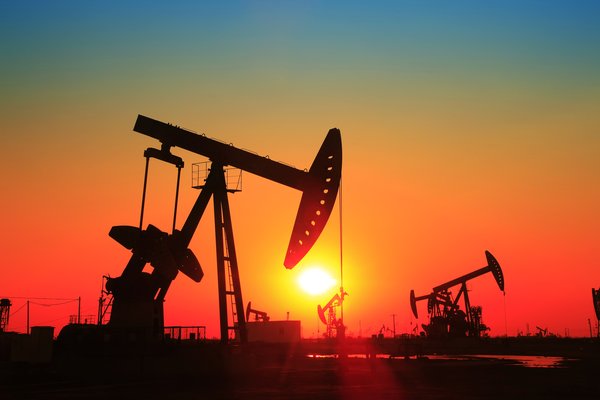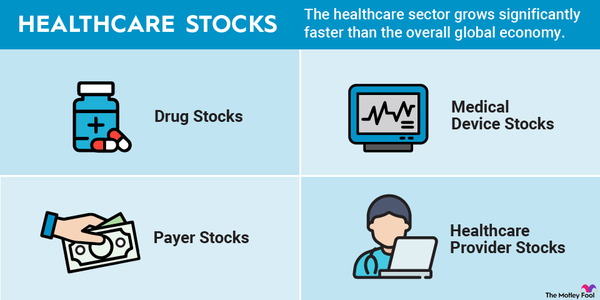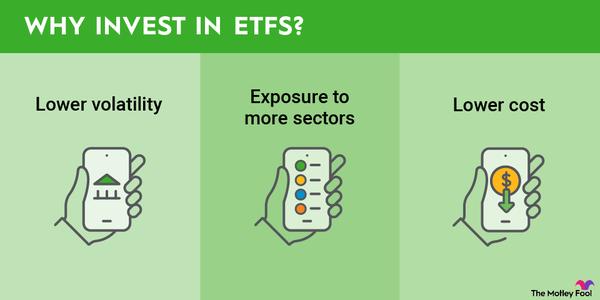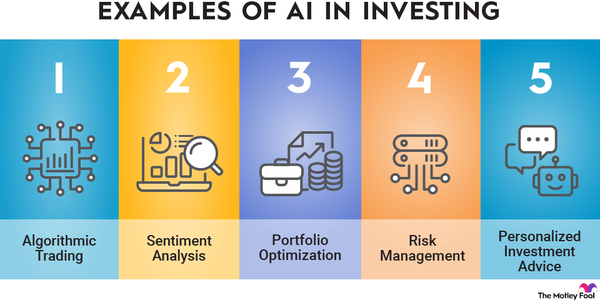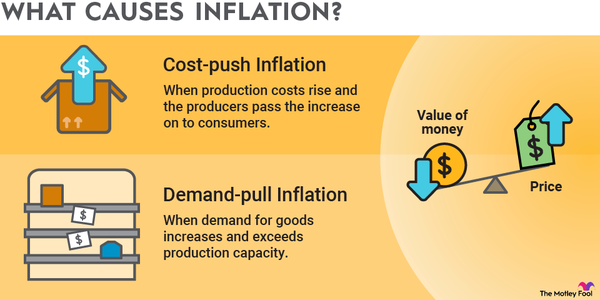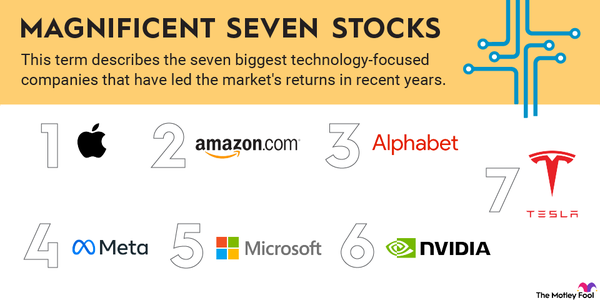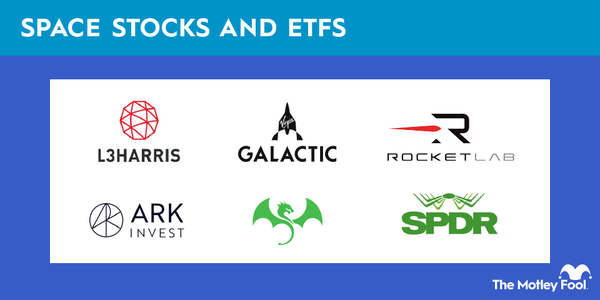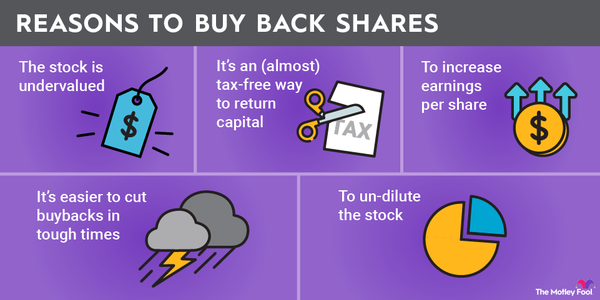Saudi Aramco tops the list of the world's largest energy companies, followed by Exxon Mobil Corporation (NYSE:XOM) and Chevron Corporation (NYSE:CVX). There's a substantial gap between Saudi Aramco and the rest, as it's worth about as much as the rest of the top 10 combined.
(Editor's note: Rankings are as of April 1, 2025.)
Largest energy companies
Largest companies by market cap in the energy sector
| Name and ticker | Market cap | Current price | Industry |
|---|---|---|---|
| ExxonMobil (NYSE:XOM) | $451 billion | $104.17 | Oil, Gas and Consumable Fuels |
| Chevron (NYSE:CVX) | $236 billion | $135.41 | Oil, Gas and Consumable Fuels |
| Shell Plc (NYSE:SHEL) | $191 billion | $64.05 | Oil, Gas and Consumable Fuels |
| TotalEnergies (NYSE:TTE) | $121 billion | $57.90 | Oil, Gas and Consumable Fuels |
| ConocoPhillips (NYSE:COP) | $109 billion | $86.32 | Oil, Gas and Consumable Fuels |
| Enbridge (NYSE:ENB) | $97 billion | $44.61 | Oil, Gas and Consumable Fuels |
| BP (NYSE:BP) | $72 billion | $27.64 | Oil, Gas and Consumable Fuels |
1 - 5
1. Saudi Aramco
- Market cap: $1.72 trillion* (as of April 1)
- Revenue (TTM): $480.3 billion*
- Gross profit (TTM): $234.1 billion*
- Five-year annualized return: 0.45%
- Year founded: 1933
*Converted from Saudi riyals.
Saudi Arabian Oil, also known as Saudi Aramco, is a state-owned oil company. It's the top oil producer in the world, with production totals of 12.4 million barrels of oil equivalent per day in 2024. It also has the second-largest proven crude oil reserves.
In 2022, Saudi Aramco was the largest company in the world by market cap when oil prices were high. It also posted record profits that year. Since then, this energy and chemicals company has made several acquisitions, including a 40% stake in Gas & Oil Pakistan at the end of 2023.
2. Exxon Mobil
- Market cap: $510.85 billion (as of April 1)
- Revenue (TTM): $339.2 billion
- Gross profit (TTM): $76.7 billion
- Five-year annualized return: 32.17%
- Year founded: 1882 (Standard Oil of New Jersey), 1999 (merger of Exxon and Mobil)
Exxon Mobil is the largest U.S. oil company; in 2013, it was the largest company in the world. It's involved in crude oil and natural gas production, the sale of petroleum products and petrochemicals, lower-emission energy development, and specialty chemical products.
This oil company doesn't have a sterling reputation with the general public. It used its influence to fight climate change regulations, and it has been responsible for quite a few oil spills.
3. Chevron
- Market cap: $290.61 billion (as of April 1)
- Revenue (TTM): $197.3 billion
- Gross profit (TTM): $60.8 billion
- Five-year annualized return: 24.95%
- Year founded: 1882
Chevron is another leading U.S. oil company, and it has both upstream and downstream operations. Upstream operations refer to exploration and production, while downstream operations refer to refining and marketing. Chevon is notable for leveraging technology to improve its operations, including using artificial intelligence (AI) tools for fault detection.
Like Exxon Mobil, Chevron has gotten plenty of criticism for climate change denial and oil spills. The U.S. Environmental Protection Agency (EPA) has also fined Chevon for violating the Clean Air Act.
4. Shell
- Market cap: $218.15 billion (as of April 1)
- Revenue (TTM): $284.3 billion
- Gross profit (TTM): $54.0 billion
- Five-year annualized return: 13.65%
- Year founded: 1907
Shell is a British energy company involved in the exploration and production of oil, natural gas, and renewable energy. It operates in more than 70 countries, and it produced more than 530 million barrels of crude oil and natural gas liquids in 2024.
5. PetroChina
- Market cap: $145.87 billion (as of April 1)
- Revenue (TTM): $399.6 billion*
- Gross profit (TTM): $82.2 billion*
- Five-year annualized return: 30.92%
- Year founded: 1999
*Converted from Chinese yuan.
Based in Beijing, PetroChina is China's largest oil company. It's also the top company in Asia in terms of oil production. In 2024, it produced 941.8 million barrels of crude oil (2.57 million barrels per day).
PetroChina has focused on its renewable energy business so far this decade. It has also committed to having renewables account for one-third of its energy portfolio by 2035 and 50% of its energy portfolio by 2050.
6 - 10
6. TotalEnergies
- Market cap: $134.58 billion (as of April 1)
- Revenue (TTM): $211.0 billion*
- Gross profit (TTM): $35.5 billion*
- Five-year annualized return: 18.70%
- Year founded: 1924
*Converted from euros.
TotalEnergies is a French oil and chemicals company. It's involved in liquified natural gas (LNG) production and trading, electricity production from renewable sources, and the refining and marketing of petroleum products.
Formerly known as Total, this company rebranded to TotalEnergies in 2021. The name change was part of its shift toward renewable energy production.
7. China National Offshore Oil Corporation
- Market cap: $136.33 billion* (as of April 1)
- Revenue (TTM): $60.7 billion*
- Gross profit (TTM): $20.8 billion*
- Five-year annualized return: 11.11%
- Year founded: 1982
*Converted from Chinese yuan.
China National Offshore Oil Corporation, or CNOOC, is a state-owned oil company. It operates in more than 20 countries, including Indonesia, Iraq, and the United Arab Emirates. It was delisted from the New York Stock Exchange in 2021 as a result of U.S. sanctions against China.
8. ConocoPhillips
- Market cap: $133.49 billion (as of April 1)
- Revenue (TTM): $55.3 billion
- Gross profit (TTM): $16.8 billion
- Five-year annualized return: 33.85%
- Year founded: 1875
ConocoPhillips is a Houston-based company involved in the exploration and production of oil and natural gas. It operates in 14 countries, with about half of its production happening in the U.S. This company has bolstered its portfolio with some major acquisitions recently, including the purchase of Marathon Oil for $22.5 billion in 2024.
9. Enbridge
- Market cap: $96.56 billion (as of April 1)
- Revenue (TTM): $53.4 billion
- Gross profit (TTM): $19.3 billion
- Five-year annualized return: 18.08%
Enbridge is a Canadian energy delivery company. It operates the longest and most complex oil and liquids transportation system in North America, with approximately 18,085 miles of active pipeline. In 2024, Enbridge delivered more than 4.7 billion barrels of oil.
Enbridge has caused several leaks and oil spills. Some of its projects have also led to protests, with the Dakota Access Pipeline being one of the more prominent examples.
10. BP
- Market cap: $89.17 billion (as of April 1)
- Revenue (TTM): $247.2 billion*
- Gross profit (TTM): $39.5 billion*
- Five-year annualized return: 12.27%
- Year founded: 1909
*Converted from British pounds.
BP is a British oil company with operations in 70 countries. It produces oil and natural gas, and it operates approximately 18,700 service stations worldwide. Earlier this year, BP made the controversial decision to reduce investments in renewable energy and increase its investments in oil and gas production.
Related investing topics
Takeaways for investors
Energy sector takeaways for investors
The largest energy companies are in the oil and gas industry, which could be problematic for those focused on ESG investing. While most oil companies are now investing in renewable energy, just about all of them have had their high-profile issues, such as oil spills or climate change denial. If that's not a dealbreaker, these tend to be stable businesses and some of the higher-paying dividend stocks.
Even if you want to stay away from Big Oil, the energy sector also has renewable energy stocks. You won't find them among the top 10 (at least not yet), but they provide a more sustainable way to invest in energy companies.
































































